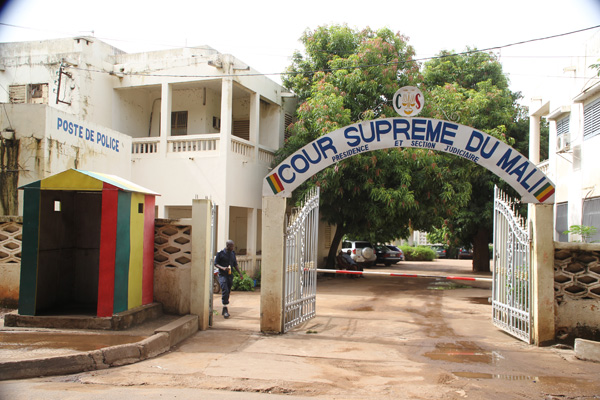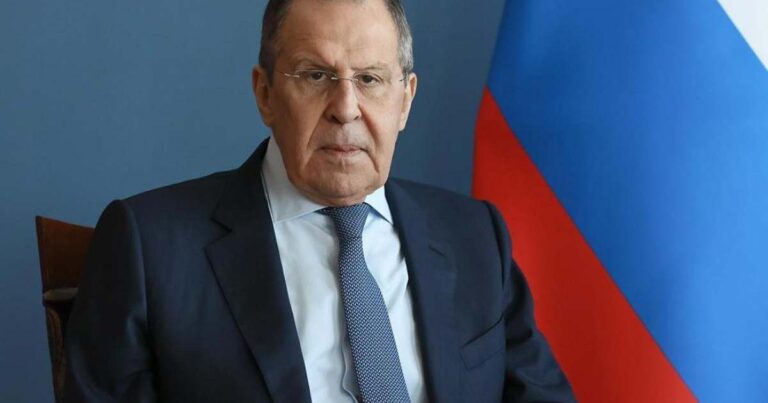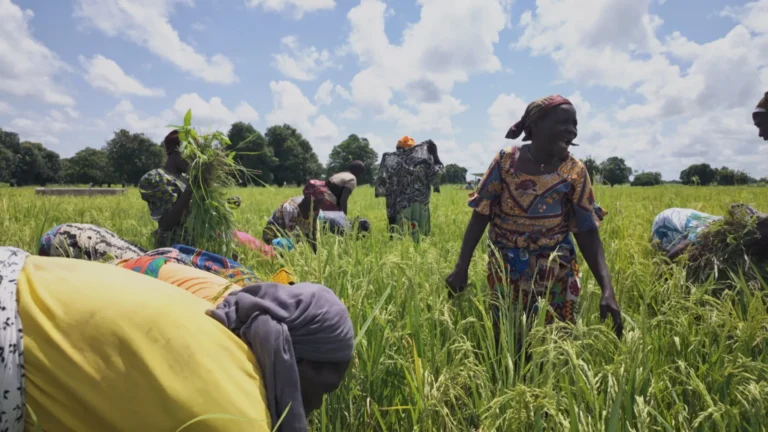
Mali’s Supreme Court has initiated an unprecedented audit into a quarter-century of public financing for political parties, marking a pivotal moment in the country’s sweeping political transition.
On June 17, 2025, the Court’s Audit Section officially launched a comprehensive review of all state funding allocated to political parties from July 2000 to May 2025.
The audit comes amid a profound political overhaul that saw the government dissolve nearly 300 political parties last month, including prominent names like RPM, ADEMA, Yelema, Codem, MPR, and Parena.
The move follows recommendations made during the National Consultation of Vital Forces held from April 28 to 29, which called for a five-year renewable mandate for General Assimi Goïta and the reconfiguration of Mali’s political institutions to align with the emerging Confederation of Sahel States.
Former party leaders are now required to submit a full set of financial documents—including bank statements, cash journals, and reports on public resources—by June 30.
The audit aims to uncover how public funds were used and whether financial conduct aligned with national transparency standards.
Since 2000, political party funding in Mali has accounted for 0.25% of national tax revenue. The last disbursement, recorded in 2018, amounted to 2.675 billion CFA francs and was distributed among 64 parties. However, with the state now shifting away from a multi-party framework, the spotlight is on how these public funds were managed over the years.
Government officials describe the audit as a step toward restoring public trust and accountability in national governance. “This audit aims to strengthen transparency and restore popular trust,” authorities stated.
The dissolution of political parties has sparked vocal protests from opposition groups and raised alarm among international human rights observers, who fear the erosion of democratic pluralism.
As Mali navigates this politically charged transition, the outcome of the audit could play a critical role in shaping its new institutional identity and defining the boundaries of governance in the years ahead.



